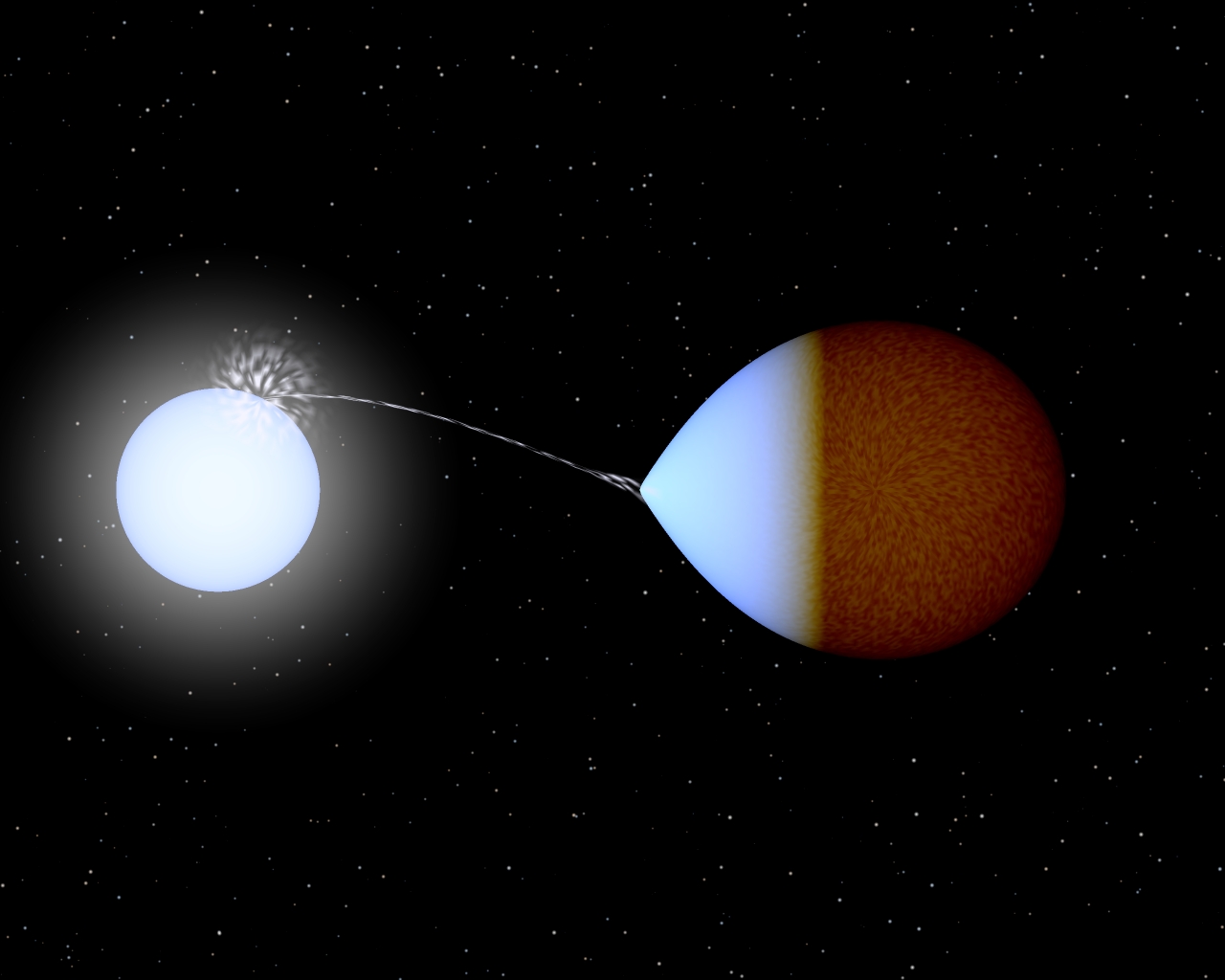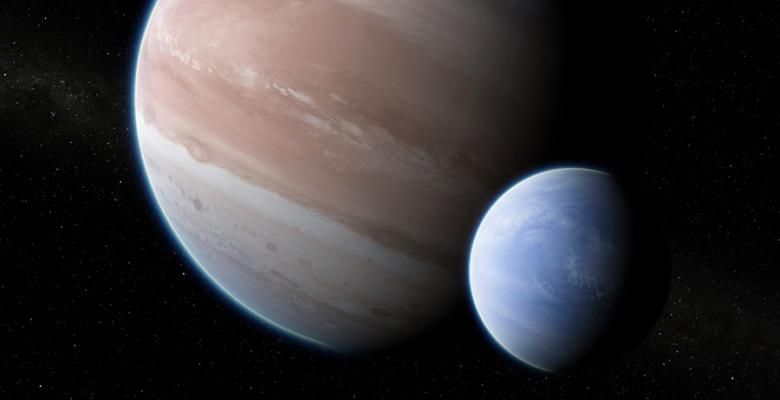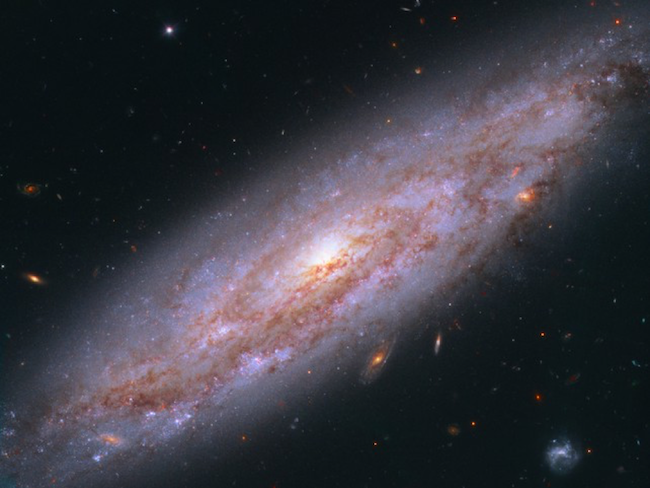Concerning news about funding for Gravitational wave observatories
Gravitational Wave (GW) astronomers around the world have been very concerned after reading the draft budgets for the next financial year which have been put forward by NASA and the US National Science Foundation (NSF). The NASA budget request stops funding for LISA, the space based GW observatory currently being Read more






















































































